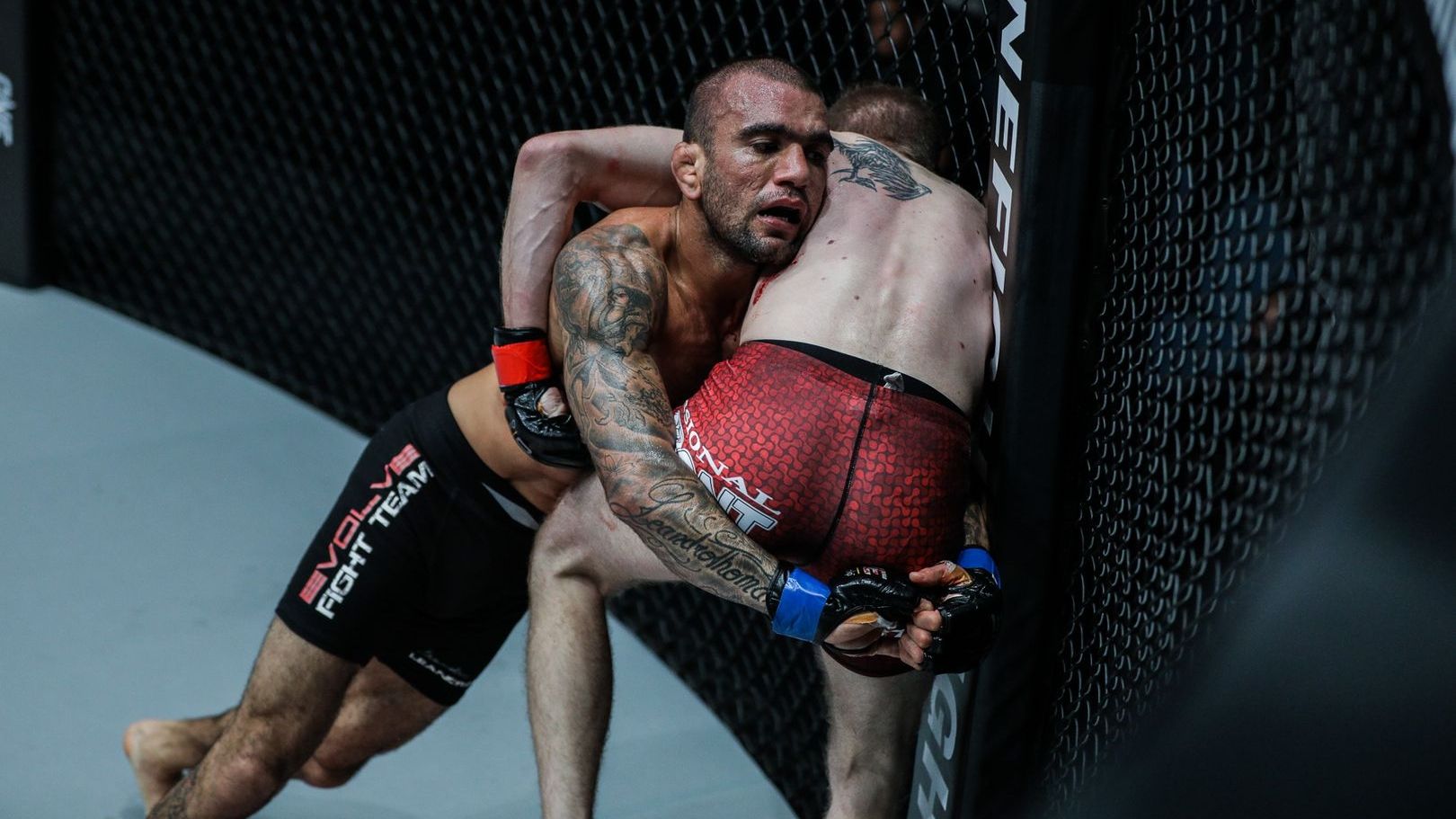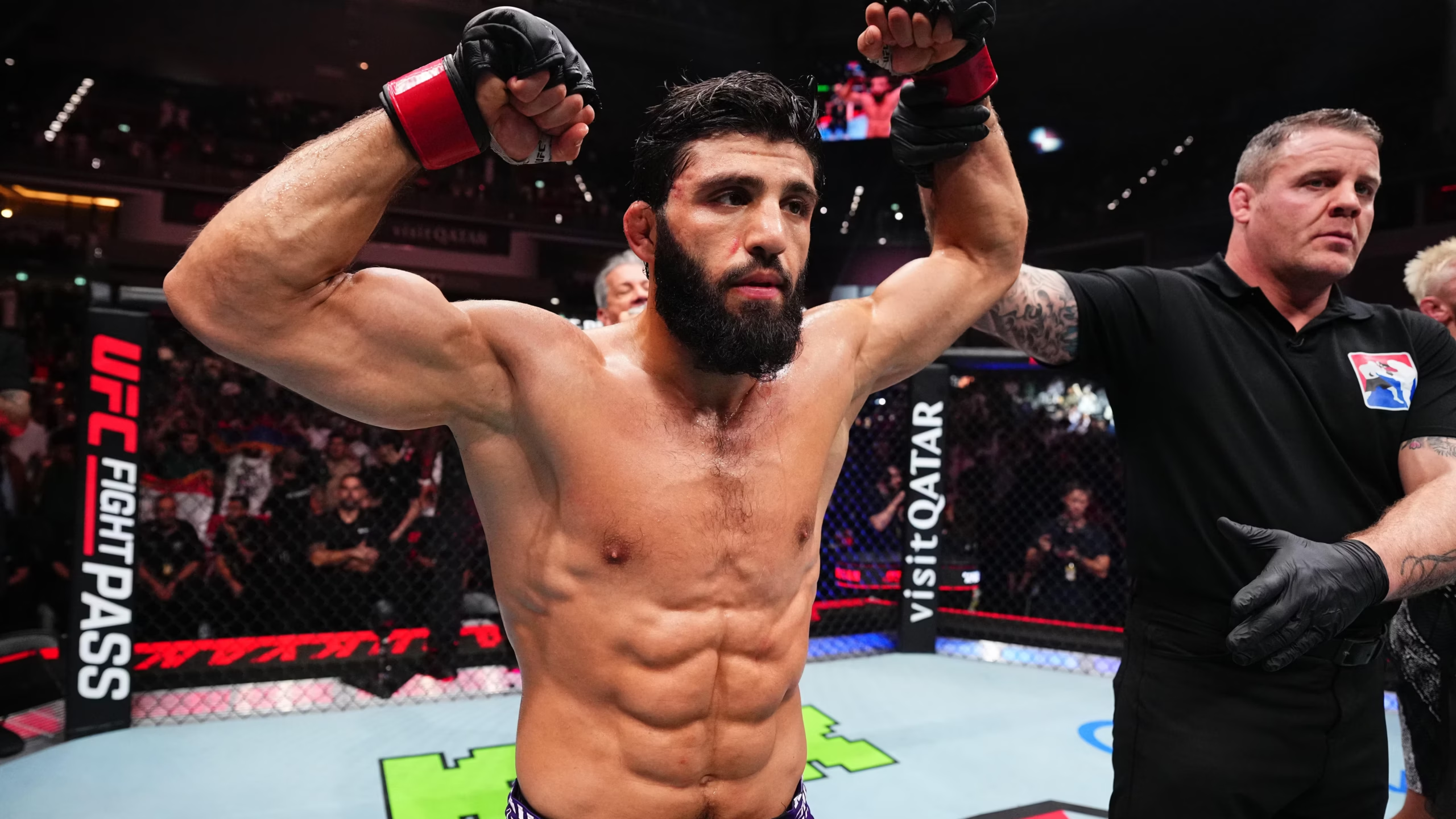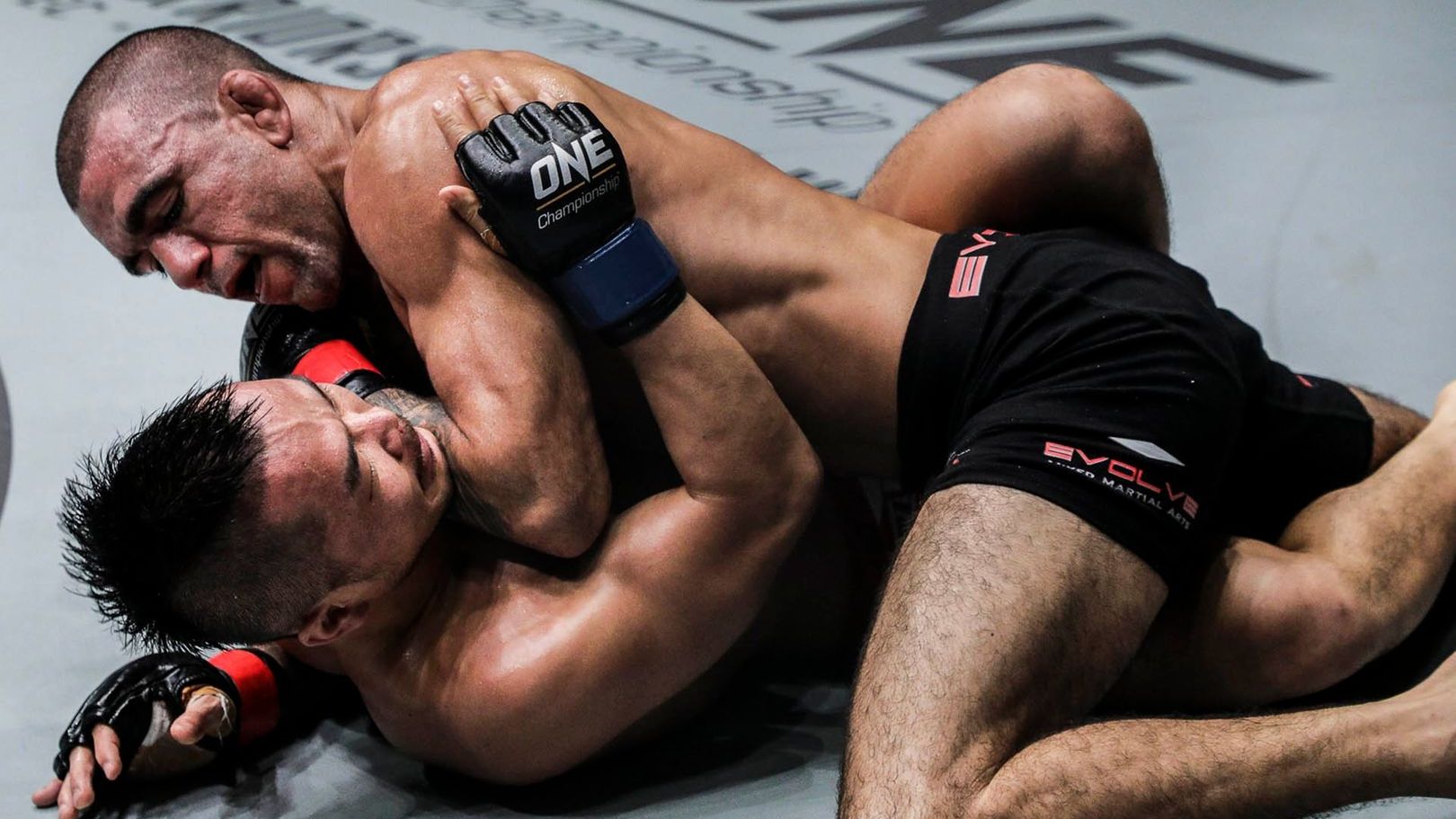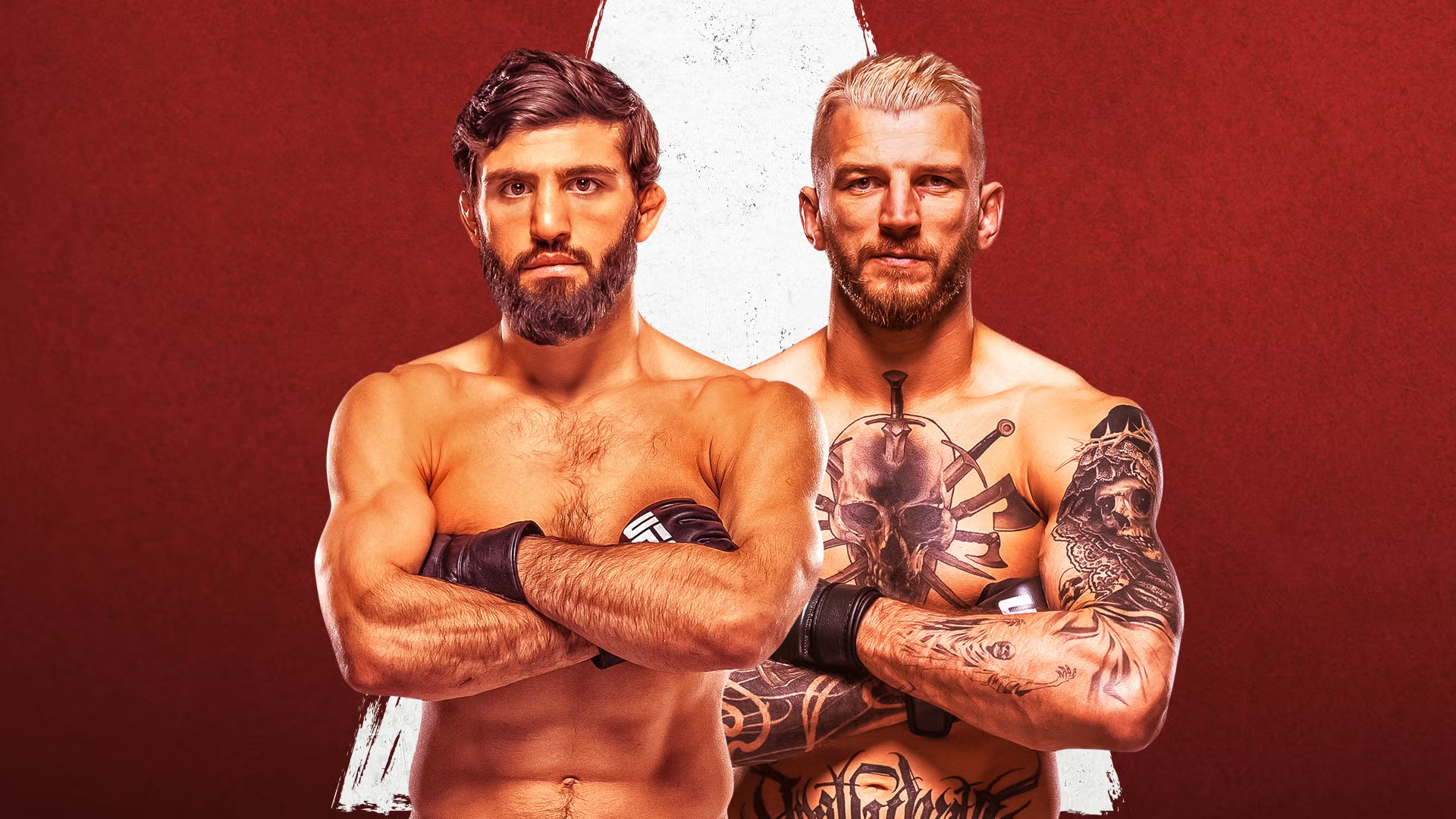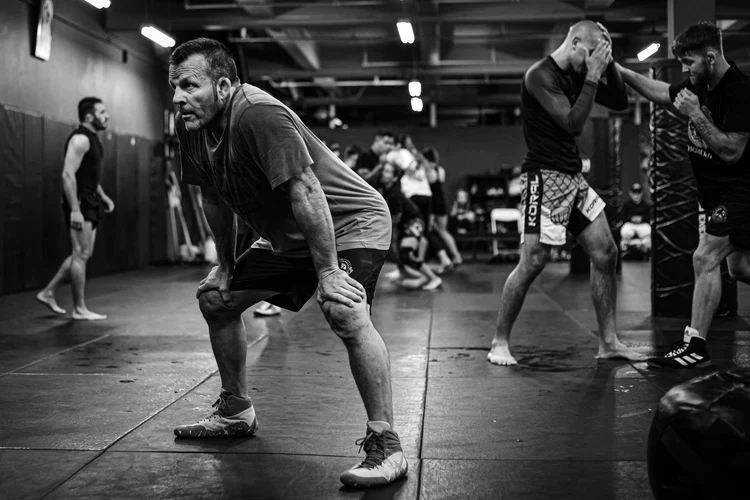UFC interim title explained: what it is, why the UFC creates one, and how unification works
Fans hear “interim champ” whenever an undisputed champion is injured, inactive, or a mega-fight falls through—but how does it actually work? This guide lays out UFC interim title explained in plain, evergreen terms: what an interim belt is, who decides when to create it, how rankings treat interim champs, what happens to the undisputed belt, and how unification bouts and upgrades occur. Examples from recent years (Aspinall, Holloway, Adesanya) show the process in practice.
What is an interim belt?
An interim championship is a temporary title the UFC awards when circumstances prevent the division’s undisputed champion from defending. The winner becomes the division’s active, promotable champion while the undisputed titleholder is sidelined, with the expectation of a unification bout once the original champ is able to compete. The UFC has run interim title fights across many weight classes (e.g., heavyweight at UFC 295, featherweight at UFC 206), using them to keep divisions moving when injuries or cancellations derail plans.
Who decides when to create one?
There’s no hard-and-fast rule in the Unified Rules or a public UFC bylaw that forces an interim title after X months. Instead, UFC leadership decides case-by-case—often after a champion is injured or a headliner falls apart close to an event. ESPN’s analysis notes this explicitly: the UFC can be pragmatic and discretionary about interim titles. Recent examples include the short-notice heavyweight interim fight at UFC 295 when Jon Jones withdrew, and a bantamweight interim in 2021 when Aljamain Sterling was out.
Key takeaway for UFC interim title explained: it’s a promotional decision, not a commission rule. (The Unified Rules govern fighting and officiating, not championship logistics.)
How rankings treat an interim champion
On the UFC’s official rankings page, the champion and the interim champion sit above the divisional list and aren’t eligible for voting inside the top-15. That means #1 remains the highest-ranked contender, below the champion/interim champion line. This is why you’ll see, for example, “Champion / Interim Champion” labels atop a weight class with #1 starting the contender list.
What happens to the undisputed belt?
- If the undisputed champion returns, the UFC typically books a unification bout between the undisputed champ and the interim champ.
- If the undisputed champion vacates or retires, the UFC can elevate the reigning interim champion to undisputed status, then book their first defense.
Recent heavyweight history shows both sides of this: Tom Aspinall won the interim belt at UFC 295, defended it, then was elevated to undisputed champion after Jon Jones retired in 2025; he’s since been booked for his first undisputed defense.
Unification, upgrades, and Hall-of-Fame-level examples
Unification fights can become classics—Adesanya vs Gastelum (UFC 236’s interim MW title fight) is a Hall of Fame inductee, later followed by Adesanya unifying vs. the division’s champion. Featherweight offers another clean example: Max Holloway won an interim belt and later unified it vs. José Aldo. These show why “interim” isn’t just a placeholder; it can set up career-defining moments.
Why create an interim belt (instead of waiting)?
Promotions need an active champion to headline events, keep contenders moving, and anchor broadcast stories. When a champ is out (injury, surgery, visa issues, scheduling delays), the UFC often uses an interim title to maintain momentum and reward contenders willing to step in—sometimes on very short notice (as with Aspinall–Pavlovich after Jones–Miocic collapsed).
How long can an interim reign last?
There is no fixed cap. An interim reign can be brief (leading quickly to a unification) or extend for multiple fights (rare, but it happened at heavyweight when the undisputed path was uncertain). Different sources and the UFC’s own features document interim belts being created and, at times, defended, until the undisputed picture clears.
Common scenarios (and what they mean)
Interim champ beats undisputed champ → becomes undisputed.
Undisputed champ vacates/retires → interim champ upgraded to undisputed; next fight is a standard title defense.
Champion returns, but unification can’t be made → UFC may book separate defenses or eventually vacate/strip the inactive titleholder and proceed with the active champion. (Practice varies; decisions are discretionary and event-driven.)
Frequently asked questions — UFC interim title explained
Does the Unified Rules document define interim titles?
No. The Unified Rules govern competition (fouls, scoring, instant replay, etc.) rather than promotional championship logistics. Interim belts are UFC decisions, not commission stipulations.
Why do some divisions get an interim and others don’t?
Because there’s no strict timeline. sources note the UFC makes these calls pragmatically, often tied to injuries or card construction needs.
Do interim champs count as “champion” in the rankings?
Yes; the UFC lists Champion and Interim Champion above the top-15, and neither is eligible for divisional voting.
Can an interim champ defend the belt?
Yes—if the UFC books them while waiting on the undisputed situation. The heavyweight case (2023–2024) is a recent example.
How does someone become undisputed without unifying?
If the undisputed champ retires or vacates, the UFC can elevate the interim titlist to undisputed and assign their first defense.
MMAailm.ee is a premier MMA blog committed to delivering comprehensive analysis, up-to-the-minute news, and exclusive insights into the global landscape of mixed martial arts. Catering to passionate MMA enthusiasts worldwide, MMAailm.ee covers everything from fight night breakdowns and athlete performances to technical evolutions and behind-the-scenes narratives. Our mission is to bridge the gap between fans and the ever-evolving world of MMA through timely information and engaging content.
Latest articles
-
Cage cutting in MMA explained: pressure, footwork and cage control
-
UFC Fight Night Tsarukyan vs Hooker results and review from Qatar
-
Ground and pound in MMA explained: positions, defense & training
-
Las Vegas mecca of fight sports – and the next F1 powerhouse?
-
UFC Fight Night Tsarukyan vs Hooker preview, start time and full card
-
UFC and F1 mental game: how champions handle pressure

